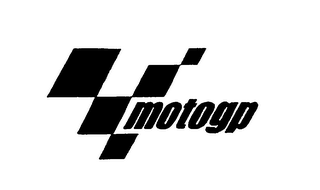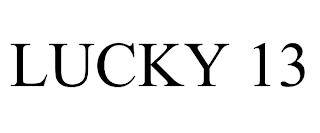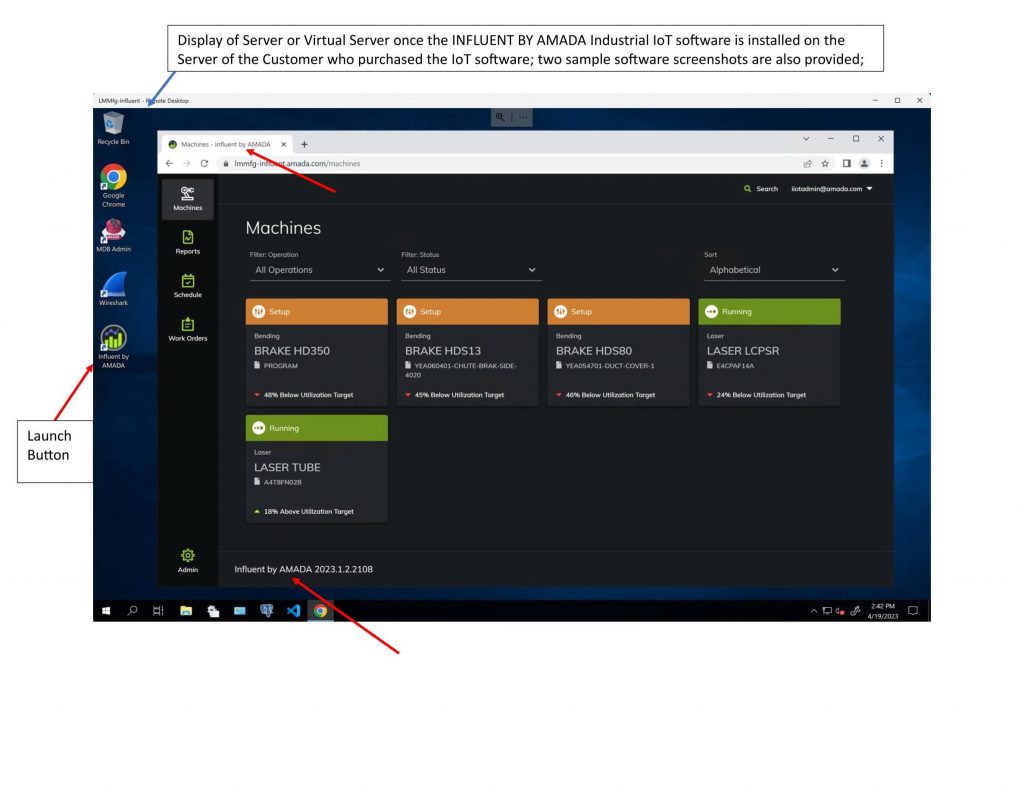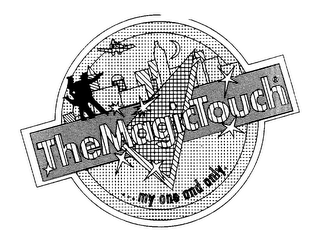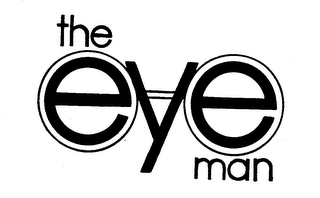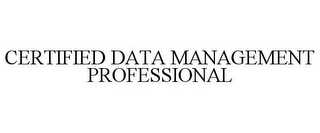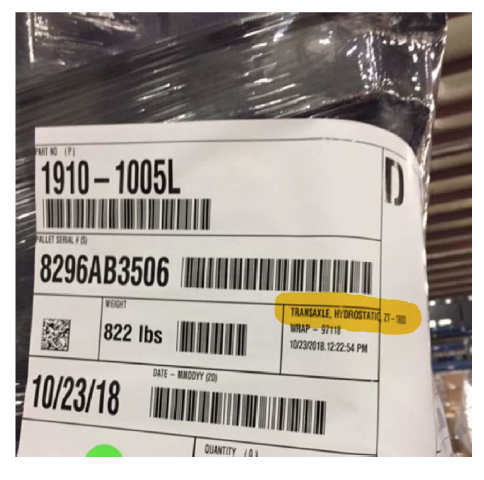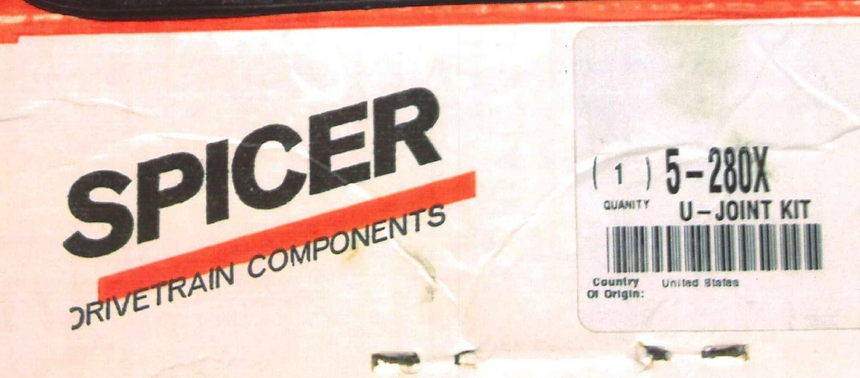When attempting to enforce or assert an unregistered descriptive mark, a trademark owner generally needs to show acquired distinctiveness (a.k.a. secondary meaning). Why?
First, the default position is that merely descriptive terms are not likely to be seen as a source indicator (i.e. the function of a trademark) to consumers. Courts have described this in a number of ways including that descriptive terms “are a poor means of distinguishing one source of services from another.” M.B.H. Enters. v. Woky, Inc., 633 F.2d 50, 54 (7th Cir. 1980).
Second, when a merely descriptive term is not seen as a source indicator by customers, such terms should be available for use by competitors to describe their goods or services. Id.
However, a merely descriptive term can become protectable when the relevant purchasing public comes to recognize the term as a source indicator rather than merely descriptive. Therefore, a term has acquired distinctiveness (or secondary meaning) were consumers think of the term not as descriptive, but as the name of the product or service. Packman v. Chi. Tribune Co., 267 F.3d 628, 638 (7th Cir. 2001).
Stated another way, acquired distinctiveness is found where there is “a mental association in the buyers’ minds between the alleged mark and a single source of the product [or service].” Echo Travel, Inc. v. Travel Assocs., 870 F.2d 1264, 1266 (7th Cir. 1989).
How do we know when this mental association exists? Courts in the Seventh Circuit consider a number of acquired distinctiveness factors, including:
- (a) direct consumer testimony;
- (b) consumer surveys;
- (c) exclusivity, length, and manner of use;
- (d) amount and manner of advertising;
- (e) amount of sales and number of customers;
- (f) established place in the market; and,
- (g) proof of intentional copying.
[Echo Travel, Inc. v. Travel Assocs., 870 F.2d 1264, 1267 (7th Cir. 1989); Baig v. Coca-Cola Co., 607 F. App’x 557, 560 (7th Cir. 2015).]
Factors (a) and (b) are considered direct evidence while the remaining factors are circumstantial evidence. Direct evidence involves asking customers whether they recognize the term at issue as a source of a product and recording the results.
The factors concerning circumstantial evidence consider facts that could indicate the customers recognize the term as a source indicator. For example, long, exclusive and consistent use of a mark, under factor (c), weighs in favor of finding recognition. Further, a lot of advertising, sales, customers, and a prominent place in the market leans, under factors (d), (e), and (f), weights in favor of finding recognition.
For example, in the Echo Travel case, the court found that the plaintiff Echo Travel did not show acquired distinctiveness in a picture-mark, comprising a beach scene. Echo provided no admissible direct consumer evidence and no survey. The length of use of the picture-mark was one season comprising the fall of 1985 to the winter 1986, which did not weigh in favor of Echo. Echo’s advertising of 25,000 posters at 200 campuses was some evidence, but not enough where the court characterized it as providing “little probative light.”
Regarding sales, Echo ran 10,000 trips in Daytona Beach in the spring of 1986 resulting in about $2 million in sales. But the court criticized Echo for not providing its sales volumes prior to and after the 1985-86 season, and thus, “there is no way to measure whether the beach scene poster [mark] impacted its sales volume.” The court also found there was a lack of evidence that Echo has an establish place in the market and there was no proof of intentional copying.
In contrast, in Int’l Kennel Club of Chi., Inc. v. Mighty Star, Inc., 846 F.2d 1079, 1086-87 (7th Cir. 1988) the court found the plaintiff had shown a better than negligible chance of establishing secondary meaning in “International Kennel Club” sufficient for a preliminary injunction. While the plaintiff did not provide a survey, the court found that the amount and manner of advertising and the length and manner of use of the mark was sufficient. The plaintiff advertised in publications of interest to dog fanciers. It advertised in Chicago newspapers and magazines where its dogs shows are held. It mailed out mailings to its mailing list of 15,000 prior to each of its shows.
The plaintiff spent $60,000 in advertising and public relations expenses in its most recent fiscal year, representing 42 percent of the club’s expenses. Further it gained extensive free publicity. Moreover, it received letters and phone calls asking about defendant’s accused product, indicating that when dog fanciers see the “International Kennel Club” name, they think of the plaintiff. Last the plaintiff operated and used the International Kennel Club mark for over 50 years.
The requirement to show secondary meaning (acquired distinctiveness) for an unregistered descriptive mark is an additional burden (and expense) for a trademark owner. Consider the effort required put on evidence for each of the acquired distinctiveness factors above.
If the trademark owner is heavily invested in proceeding with a unregistered descriptive mark, it may need to bear that burden. But when choosing a mark, consider choosing a stronger mark to avoid the need to show acquired distinctiveness.
